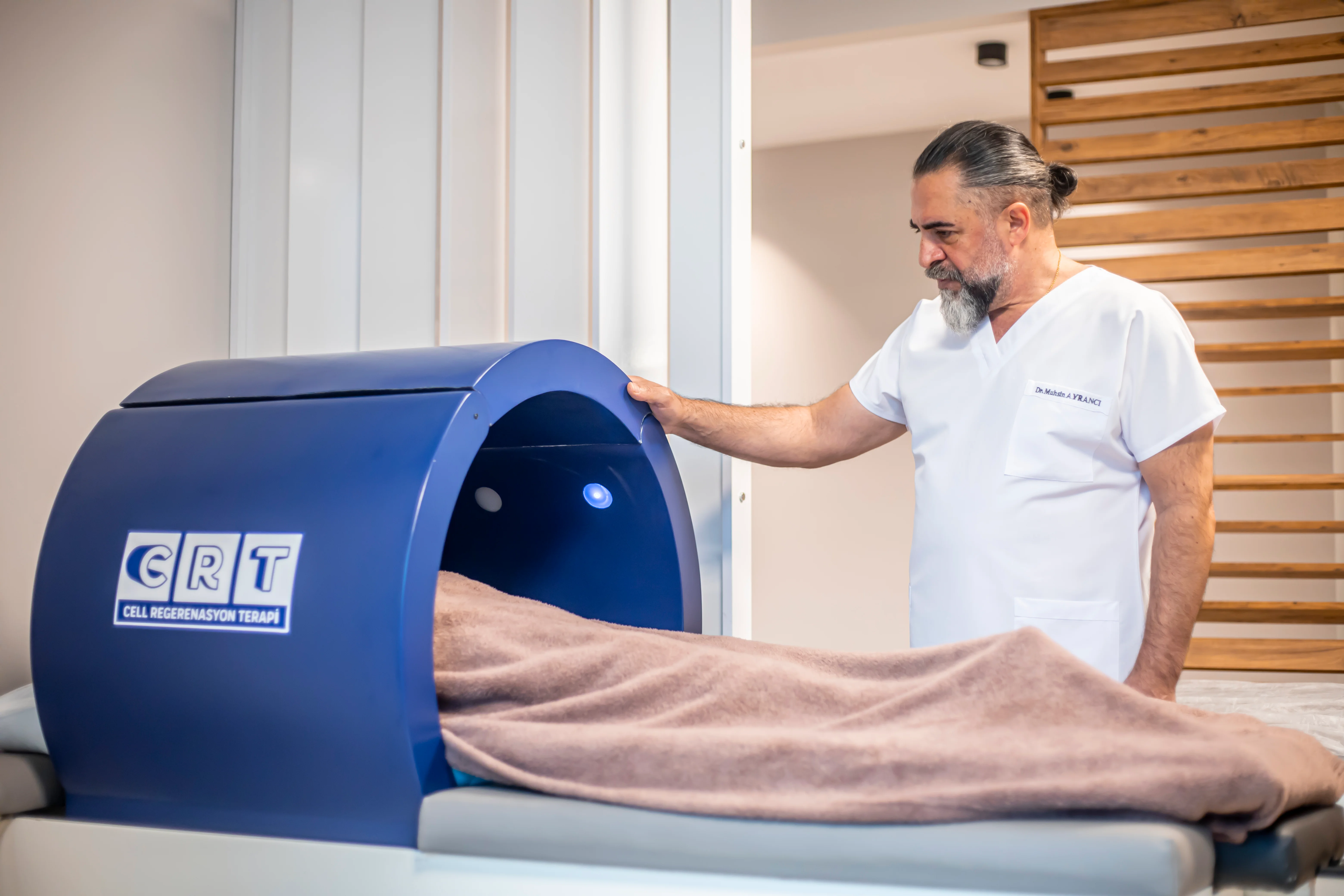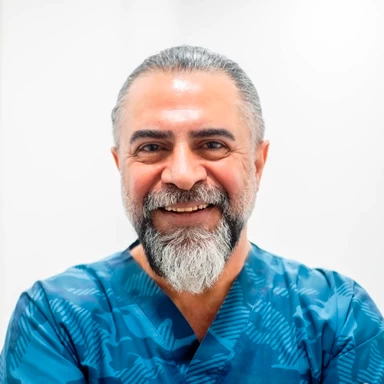The term "osteopathy" is derived from the Greek words "osteon" meaning "bone" and "pathos" meaning "to suffer." Thus, its Turkish equivalent can be expressed as "suffering from bone pain."
Osteopathy is a treatment method first practiced in the 1870s in the United States by Dr. Andrew Taylor Still. Today, recognized by the World Health Organization (WHO) as a scientific treatment, osteopathy is a contemporary approach that holistically addresses the body and diseases.
Osteopathy is a highly demanded treatment method worldwide, especially in the USA and Central Europe. In recent years, osteopathy has been gaining popularity in Turkey and can be practiced by doctors and physiotherapists who have received at least 5 years of training. Health professionals practicing osteopathy are called osteopaths.
Osteopaths contribute to the healing of patients by identifying any dysfunctions in the body. In other words, they focus on treating the root cause rather than the symptoms. Patients are not only treated with osteopathic methods, but the root cause of the problem can also be identified through a holistic approach. This way, the best solution for the patients' problems can be found.
Osteopathy differentiates itself from other treatment methods by adopting a holistic approach to identify the primary source of pain. Instead of focusing on symptoms, osteopathy directly targets the root cause of the problem. Osteopathic methods effectively eliminate issues. This reduces the likelihood of patients returning to the hospital for the same problem and aims to reduce medication consumption. For the body to function healthily, the harmony between organs and body balance is crucial. Osteopaths are experts who evaluate factors such as physical and psychological issues, dietary habits, and exercise status, examining the harmony and balance between organs. Suitable treatment methods are determined based on these evaluations. Osteopathy treatment, focusing on the root cause of the problem rather than symptoms, removes obstacles within the body. This way, the body's self-healing mechanism is activated.
Most Commonly Used for Spinal Problems The duration of osteopathy treatment depends on factors such as the patient's type of problem, age, and personal characteristics. Osteopathy can be applied to any part of the body but is most commonly used for spinal problems. Spinal issues are one of the areas where osteopathy is frequently used. Methods that can be safely used in pathological conditions, such as facet joint locking, spasms of the muscles that keep the spine upright, and other spinal problems, are available.
General Applications of Osteopathy
- Posture disorders
- Movement dysfunctions in the musculoskeletal system and spine
- Spinal disc displacements
- Tailbone problems
- Joint stiffness
- Migraine
- Tension-type headaches
- Sleep disorders
- Musculoskeletal pain originating from internal organs
Osteopathy Helps Patients with Three Different Approaches
- Parietal Osteopathy: This method is used in the treatment of the musculoskeletal system and includes the treatment of muscles, ligaments, joints, bones, and fascia groups in the body.
- Visceral Osteopathy: Treats problems in internal organs such as respiratory, digestive, reproductive, and circulatory systems, addressing the pains and problems they cause. Issues originating from internal organs can lead to referred pain in areas like the shoulders, back, waist, and neck. Our internal organs are located connected to our spine.
- Cranial Osteopathy: A type of osteopathy developed based on the knowledge that stress can create tension in the head and throughout the body. This method, performed with gentle and light touches on the skull, aims to relieve tension.
Diseases Benefited from Osteopathic Treatments
- Movement and function disorders
- Back, neck, and waist pain, neck, back, and waist muscle issues
- Migraine and tension-type headaches
- Joint, muscle, and bone pain
- Joint stiffness, conditions like calcification
- Sports injuries
- Developmental issues in children, neuromuscular problems such as spasticity, CP
- Walking, balance, and coordination disorders
- Gastrointestinal issues: constipation, diarrhea, incontinence, indigestion, gastritis, gas, abdominal pain, spastic colon
- Swallowing and vomiting problems in infants, feeding, gas, and head shape abnormalities
- Pain and adhesions after surgical interventions
- Posture issues: scoliosis, kyphosis, and spine system dysfunctions
- As a supportive treatment in hormone disorders
- Circulatory problems: blood and lymphatic system
- Allergic and chronic conditions
- Acute pains
- Developmental disorders in children and adolescents
- Panic attacks and depression
- Rheumatic complaints
- Stress, nervous tension, chronic fatigue, inability to relax, sleep issues
- Relaxation of the brain and its surroundings
- Myofascial pain such as fibromyalgia
- Joint dislocations, joint blockages, spinal and costal blockages
Difference Between Osteopathy and Physical Therapy
Osteopathy differentiates itself from other physical therapies with its holistic approach. Instead of focusing only on the area where the pain is located, treatment is applied to the root cause of the problem. For example, knee pain may actually originate from the lumbar region. In this case, osteopathy focuses on treatments aimed at the lumbar region.
Duration of Osteopathy Application
Applications can be 2-3 sessions per week, but sometimes they can be less frequent. This duration should be determined based on the person's condition.
How is Osteopathy Applied?
Osteopathy is generally preferred in the treatment of spinal problems. In osteopathy, the procedure is performed entirely manually, without the need for any instruments, and by direct contact with the person. Direct hand contact in osteopathy treatment helps provide psychological relief. This method allows the person to feel safe and gain more benefits from the treatment process.
Osteopathic treatment is a holistic approach and provides treatment targeting the root cause of the problem. Therefore, the likelihood of recurrence of complaints treated with osteopathy is quite low. The treatment aims to achieve permanent results by addressing the root cause rather than alleviating symptoms.
Dr. Muhsin AYRANCI


